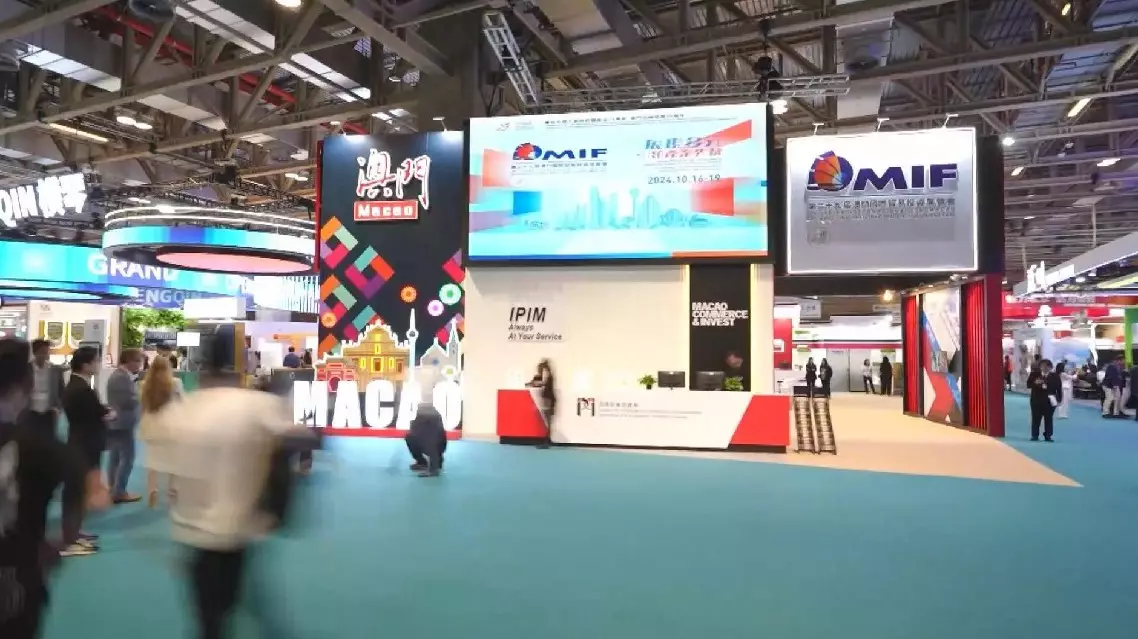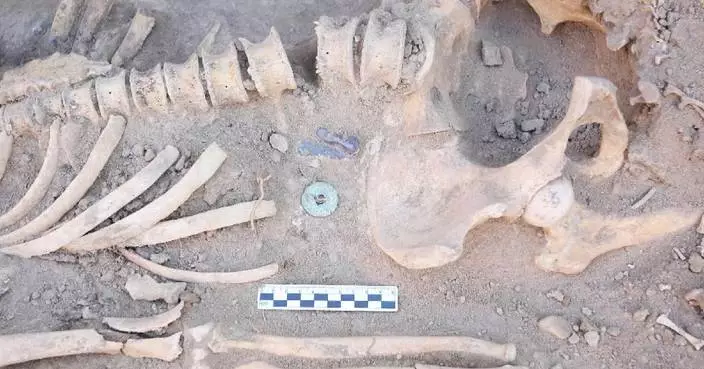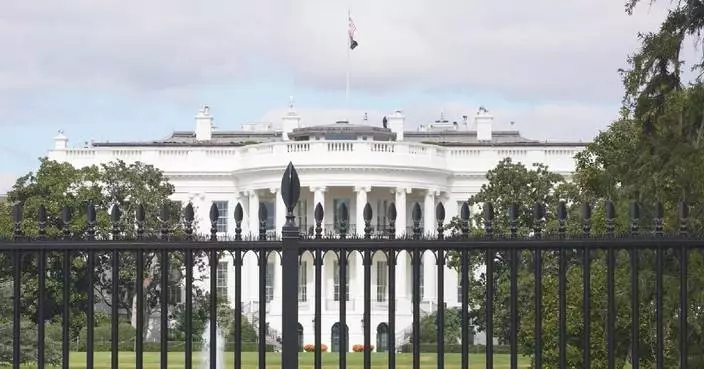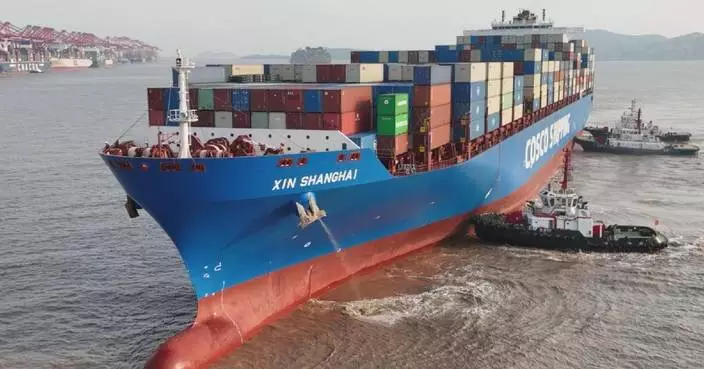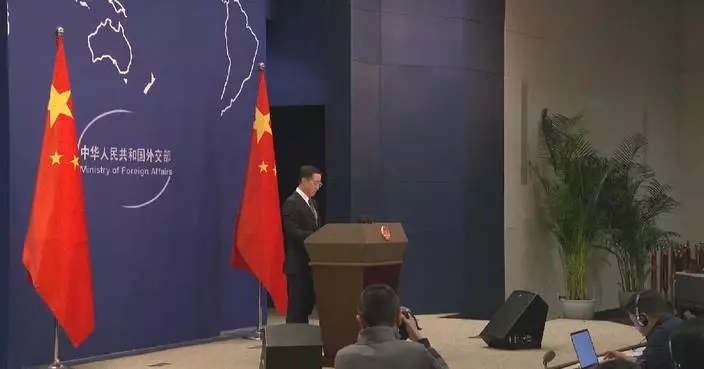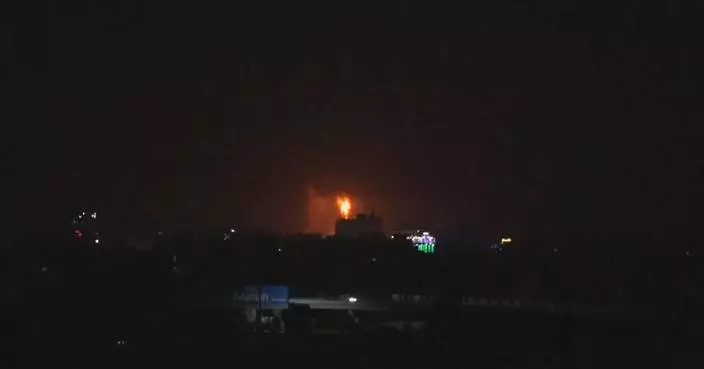China has created a new model for deepwater oil and gas extraction which can greatly raise production efficiency and the recovery rate of reservoirs.
The new model involves a deepwater jacket structure that is responsible for the extraction of crude oil from the seabed, and a cylindrical floating oil-gas production, storage and offloading (FPSO) facility, which also supplies power for the former.
It is developed by China's largest offshore oil producer China National Offshore Oil Corporation (CNOOC) for the secondary development project of the Liuhua Oilfield in the Pearl River Mouth Basin, located about 240 kilometers southeast of Shenzhen City, which completed construction on Tuesday upon the delivery of Haikui No. 1, Asia's first cylindrical FPSO facility, and Haiji No. 2, the largest deepwater jacket structure in Asia.
"The drilling platform of Liuhua's deepwater jacket structure extracts crude oil, and after pretreatment, the crude oil will be sent to the cylindrical FPSO facility for processing, storage and transportation to other facilities. This extraction model can greatly raise the recovery rate and extend the production life of the oil field by nearly 30 years, providing a new option for the efficient development of deepwater oil and gas fields in China," said Yu Hongkun, a production manager of the oilfield.
The two large platforms and the oilfield's subsea production system are connected by seven different pipes and cables with a total length of 69 kilometers. They transmit not only oil, gas and water, but also photoelectric signals.
As lifelines for offshore oil and gas facilities, submarine pipes and cables are very hard to install, requiring extremely high techniques and equipment capabilities.
Moreover, the deep sea water pressure, unstable seabed and low rock strength in the sea area have multiplied the difficulty of the already challenging project, according to Wang Wei, a cable operation manager of the oilfield.
"The project team applied digital technology in high-precision calculations and simulations to design the structure of submarine pipes and cables and ensured that the structure perfectly matches with the simulation results. During operations, underwater robots were deployed to assist in laying down the pipes and cables, achieving centimeter-level accuracy in pipe and cable installation at a water depth of 324 meters. This is a globally leading accuracy in the field," Wang said.
With a weight of 37,000 tonnes and a height of nearly 30 stories, Haikui No. 1 has a maximum oil storage capacity of 60,000 tonnes, and it can operate continuously at sea for 15 years without returning to dock.
With a height of 428 meters and a weight of over 50,000 tonnes, the home-grown Haiji-2 jacket have set Asian records for structure height, weight, operational depth and construction speed.
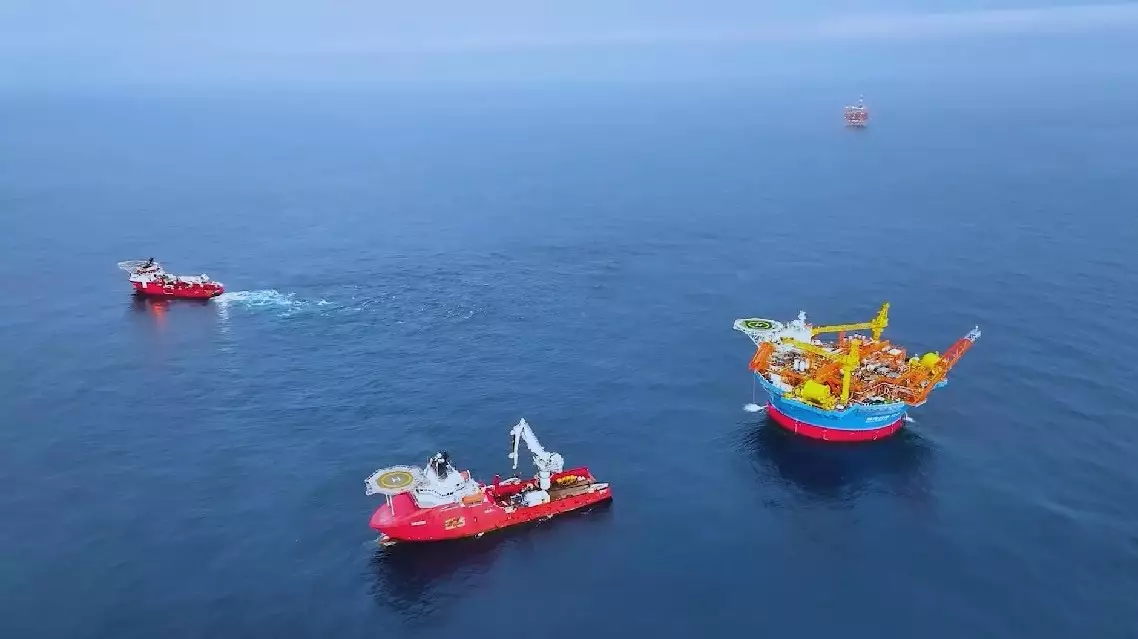
China creates new model for deepwater oil, gas extraction


